Hype about AI gives way to skepticism with consumer trust in short supply
Feedback reaches a new low as consumers increasingly stay silent about their experiences
PROVO, Utah and SEATTLE, Oct. 15, 2024 /PRNewswire/ — Today’s fickle consumers are sensitive to privacy concerns and less inclined to offer feedback than they previously were, setting up a tightrope walk for companies in 2025 as they seek to meet expectations, according to the 2025 Consumer Trends Report from Qualtrics. The fourth annual report draws on insights from nearly 24,000 consumers in 23 countries around the world.
The five consumer experience trends for 2025 are:
- Heightened expectations fuel a decline in loyalty: Despite fewer bad experiences, consumers are more likely to pull back on spending after a negative interaction.
- Feedback falls to a new low: Consumers are increasingly staying silent about their experiences, whether good or bad.
- AI hype gives way to skepticism: Only 26% of consumers trust organizations to use AI responsibly.
- Today’s consumers want privacy and personalization: Consumers want a tailored experience, yet they are uncomfortable with companies using unsolicited data to personalize their interactions.
- Consumers are clear – go back to basics: Trust is highly correlated with loyalty, so the best way for organizations to keep customers is to do what they say they’re going to do.
Heightened expectations fuel a decline in loyalty
“As companies selling discretionary goods and services up their game to win over customers, consumers are less willing to let poor experiences from more necessary services slide,” said Isabelle Zdatny, customer loyalty researcher at Qualtrics. “The bar has been raised – consumers know what is possible, and they are ready and willing to look for alternatives if companies don’t keep up.”
Consumers are ghosting companies due to poor experiences and the consequences are costly. Compared to last year, people are less likely to share with a company that they had a bad experience, and they are more likely to cut their spending after a recent negative interaction.
Consumer response to poor experiences
| Consumers had a poor experience | Cut spending (combined) | Decreased spending | Ceased spending entirely | |
| Global | 12 % | 53 % | 38 % | 15 % |
| 2-year change | -5 points | +6 points | +6 points | 0 points |
Customers cite the following causes for a bad experience:
- Service delivery issues (selected in 46% of bad experiences)
- Communication problems (45%)
- Employee interactions (39%)
- Pricing concerns (37%)
- Product quality/failure (35%)
- Post-purchase support (21%)
Consumers are more likely to say they had a bad experience with industries offering critical services such as public utilities, banks, and hospitals, than they are with more discretionary industries such as airlines, hotels, and fast food restaurants.
However, perhaps due to the essential nature of their services or lack of alternative options, consumers are less likely to cut spending after a negative interaction with “must have” industries than they are with “nice to have” industries.
| Share of consumers reported a poor experience | Of those, the share who decreased or entirely ceased spending | Of consumers that cut spending, the share that ceased spending entirely | |
| Must-have industries(bank, university, hospital, internet, public utilities) | 14 % | 48 % | 27 % |
| Nice-to-have industries(airline, hotel, online retail, department store, fast food) | 9 % | 60 % | 28 % |
Consumers are less likely than ever to share feedback
People are increasingly likely to stay silent about both good and bad experiences. Compared to 2021, consumers are 7 points less likely to say something about a good experience, and 8 points less likely to say anything after a bad experience.
When people did say something after a good or bad experience, the most common response was to tell family or friends about it. Less than a third of consumers give feedback directly to a company, and they are least likely to post something on social media.
Consumer response after a very good experience
| Posted on social media | Told family or friends directly about it | Sent feedback directly to the company | Posted on a 3rd party ratings platform | Did not tell anyone about the experience | |
| % of consumers who took action (respondents could select multiple actions) | 18 % | 49 % | 31 % | 26 % | 21 % |
| 1-year change | -4 points | 0 | -1 point | -5 points | +1 point |
| Change from 2021 | -6 points | -4 points | -7 points | -4 points | +4 points |
Consumer response after a very bad experience
| Posted on social media | Told family or friends directly about it | Sent feedback directly to the company | Posted on a 3rd party ratings platform | Did not tell anyone about the experience | |
| % of consumers who took action (respondents could select multiple actions) | 16 % | 45 % | 32 % | 22 % | 24 % |
| 1-year change | -4 points | 0 | -1 point | -3 points | +2 points |
| Change from 2021 | -7 points | -5 points | -8 points | -4 points | +6 points |
“In a world full of surveys constantly asking for feedback, people are increasingly less willing to answer them, leaving businesses with little to work with in their efforts to meet consumer expectations,” said Zdatny. “Leaders can still gain an understanding of their customers, but it will require a more sophisticated listening program to make up for the lack of direct feedback.”
AI hype gives way to skepticism
Only a quarter (26%) of consumers say they trust organizations to use AI responsibly. Consumers are also increasingly concerned about the lack of a human agent to connect with when companies use AI to automate customer interactions; more than half (51%) of consumers identified this as a concern, up two percentage points from last year.
“Companies are more excited than consumers are about using AI for customer interactions, at this point,” said Zdatny. “They will have some work to do to persuade their customers that AI offers a benefit to both parties.”
When asked about using AI to achieve a specific goal, nearly half (46%) say they would be comfortable using it in specific use cases.
Consumer comfort using AI for specific tasks
| Overall | Checking the status of an order | Getting technical support for computer | Booking an airplane ticket | Resolving an issue with a bill | Getting advice about a medical problem | |
| % of consumers who are comfortable using AI to complete tasks | 46 % | 63 % | 49 % | 48 % | 39 % | 30 % |
| 1-year change | -11 points | -9 points | -9 points | -11 points | -11 points | -13 points |
Today’s consumers want both privacy and personalization
Consumers want to feel catered to; almost two-thirds (64%) prefer to buy from companies that tailor experiences to their specific needs. However, they are uncomfortable with sharing the information that would easily enable such customization – just 27% of consumers are comfortable with organizations using unsolicited data for personalization, and only a third trust the companies they’ve shared personal information with to use it responsibly.
As Zdatny explains, “companies are in a tough spot. Consumers want personalized experiences, but give less feedback than ever and don’t want to share their data. Businesses must find a way to gain their customers’ trust, so they can meet consumer expectations without overstepping and turning them away instead.”
When consumers do trust companies with their personal information, they are much more comfortable with their data being used to tailor experiences for them.
Impact of trust on consumer comfort with information being used to personalize experiences
| Purchase history | Website visits | Chat bot interactions | Personal info (name, phone number, age) | Customer service interactions via phone | Location | Social media posts | Financial information | None | |
| High trust in companies | 50 % | 48 % | 31 % | 33 % | 31 % | 22 % | 21 % | 18 % | 9 % |
| Low trust in companies | 42 % | 39 % | 24 % | 21 % | 23 % | 17 % | 14 % | 10 % | 20 % |
| Gap in comfort for consumers with high vs. low trust in companies | 12 points | 9 points | 7 points | 12 points | 8 points | 5 points | 7 points | 8 points | -11 points |
Consumers are clear – go back to basics
What consumers care about most is that they can trust what a business tells them. Setting accurate expectations is more valuable to consumers than speed or convenience.
Loyalty is harder to come by, so it will be even more important in 2025 for organizations to prove they are reliable. Organizations cannot risk losing the consumer trust they have already earned by hastily rolling out new products and services. Why? Because trust is highly correlated with consumers’ likelihood to become a repeat buyer of a company and recommend it to others.
Consumer priorities when interacting with organizations
| Trust the information provided | Complete the interaction quickly | Convenient | Treated with empathy | Enjoy the experience | |
| Global | 61 % | 46 % | 44 % | 33 % | 15 % |
“Following through on their basic commitments carries the most weight with customers. New initiatives rolling out are outside customers’ comfort zones, so it is essential to have the basics in place and uphold them. Customers are more fickle than ever, and it’s dangerous to assume that existing customers will stay loyal without intentional effort to keep them.”
For the full report and methodology, click here.
About Qualtrics
Qualtrics, the leader of the experience management category, is a cloud-native software platform that empowers organizations to deliver exceptional experiences and build deep relationships with their customers and employees. With insights from Qualtrics, organizations can identify and resolve the greatest friction points in their business, retain and engage top talent, and bring the right products and services to market. Nearly 20,000 organizations around the world use Qualtrics’ advanced AI to listen, understand, and take action. Qualtrics uses its vast universe of experience data to form the largest database of human sentiment in the world. Qualtrics is co-headquartered in Provo, Utah and Seattle. To learn more, please visit qualtrics.com.
Contact:
Lauren Braun, Qualtrics
press@qualtrics.com
SOURCE Qualtrics, LLC

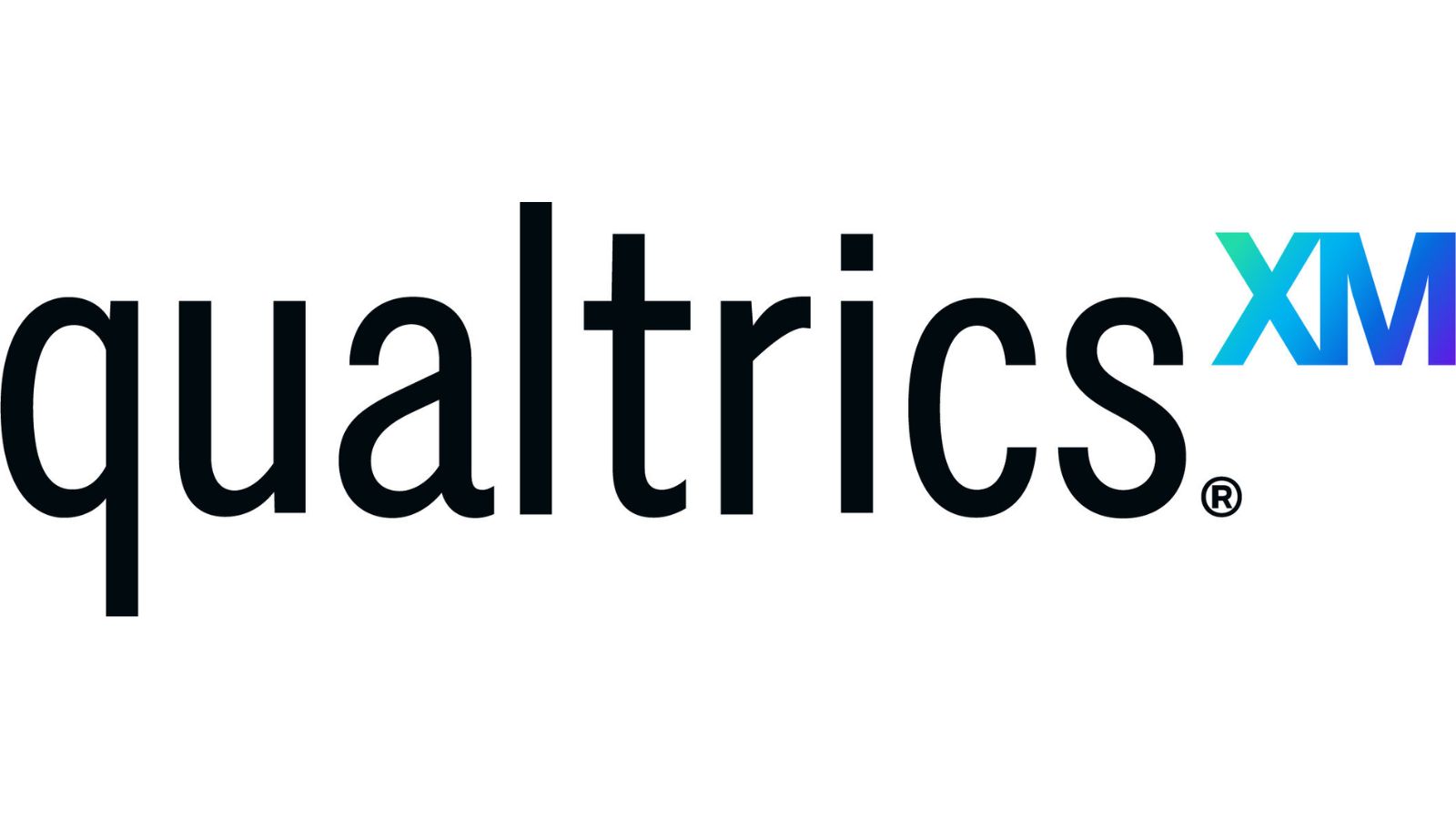

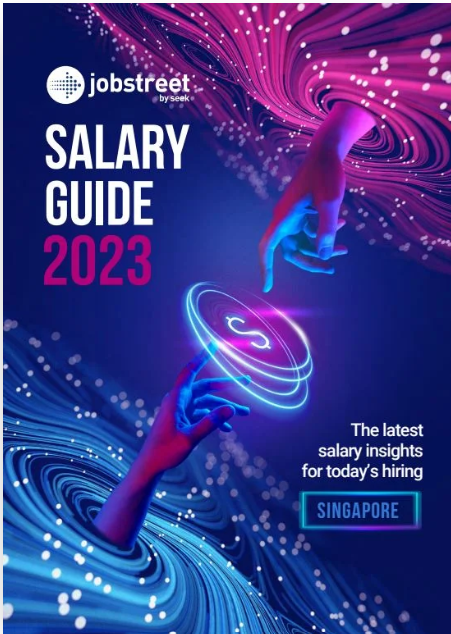
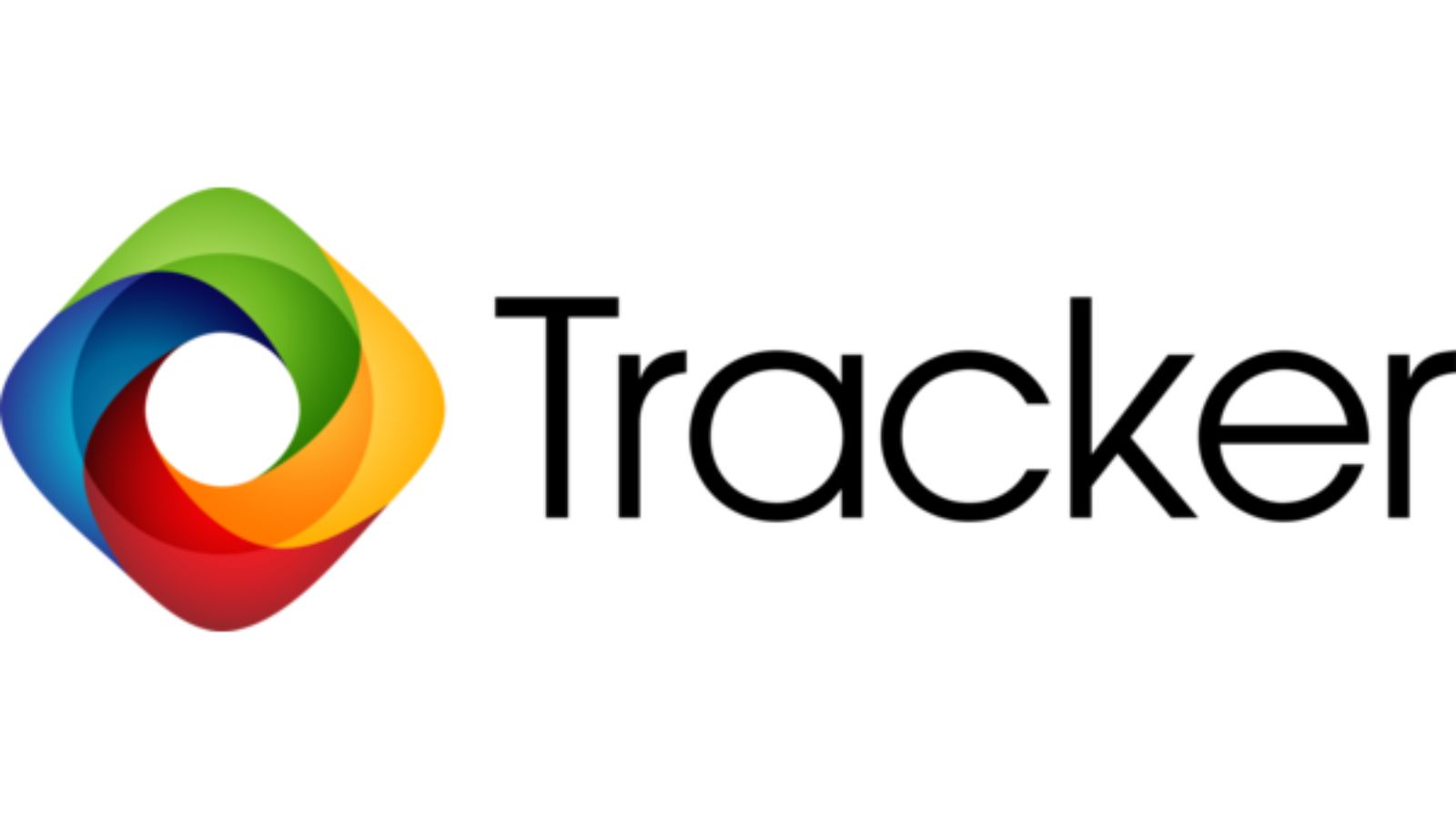
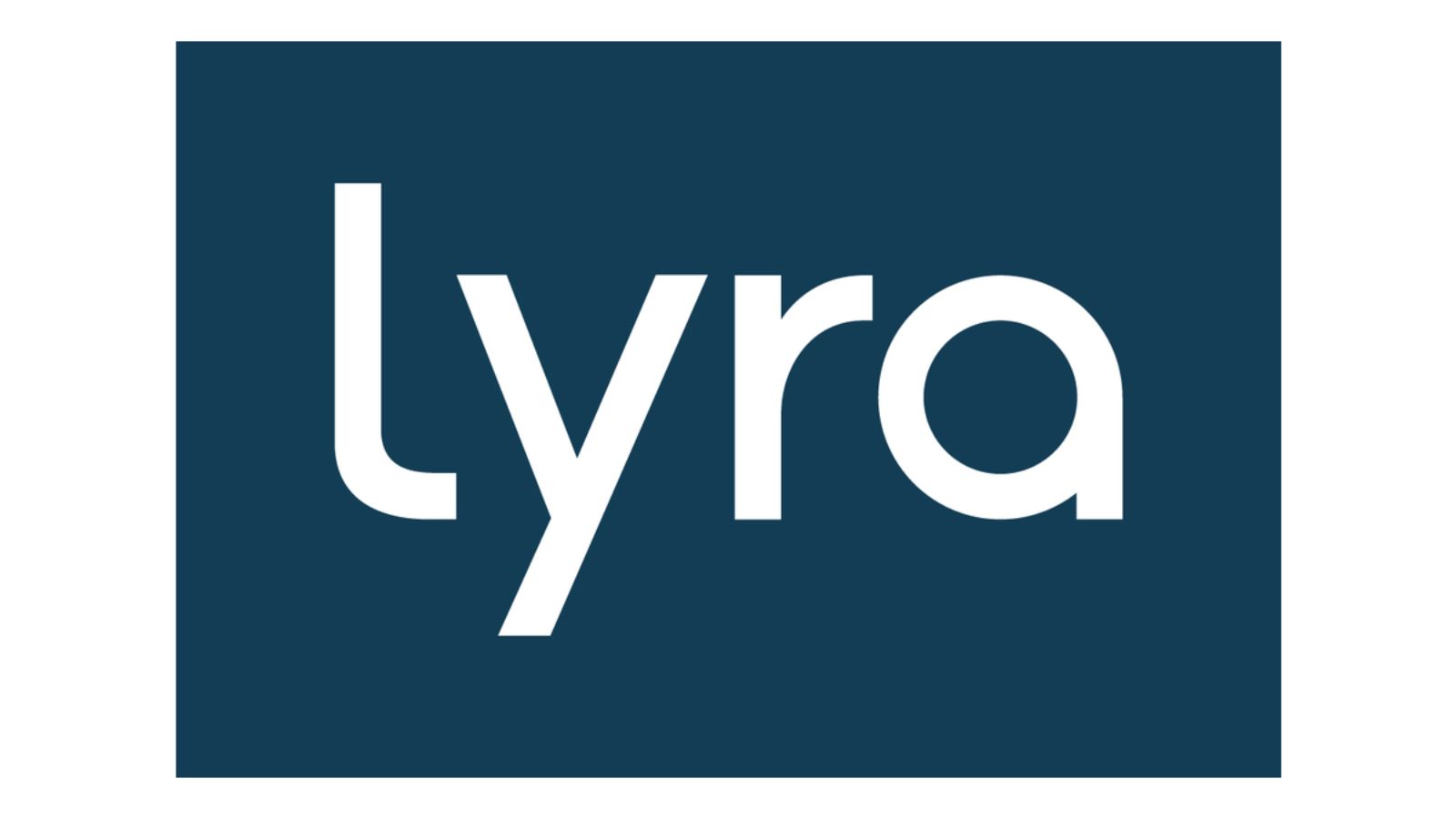
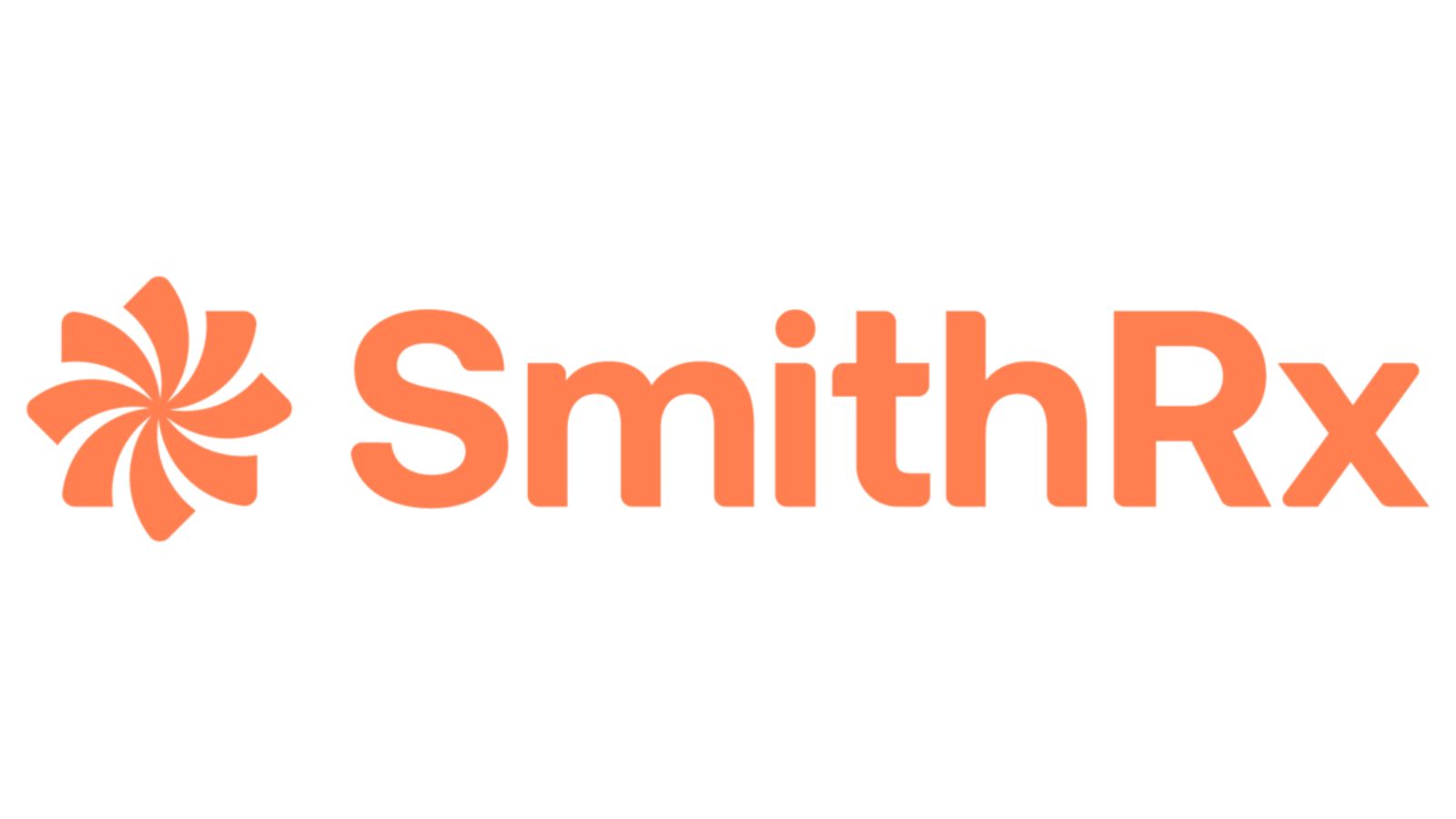
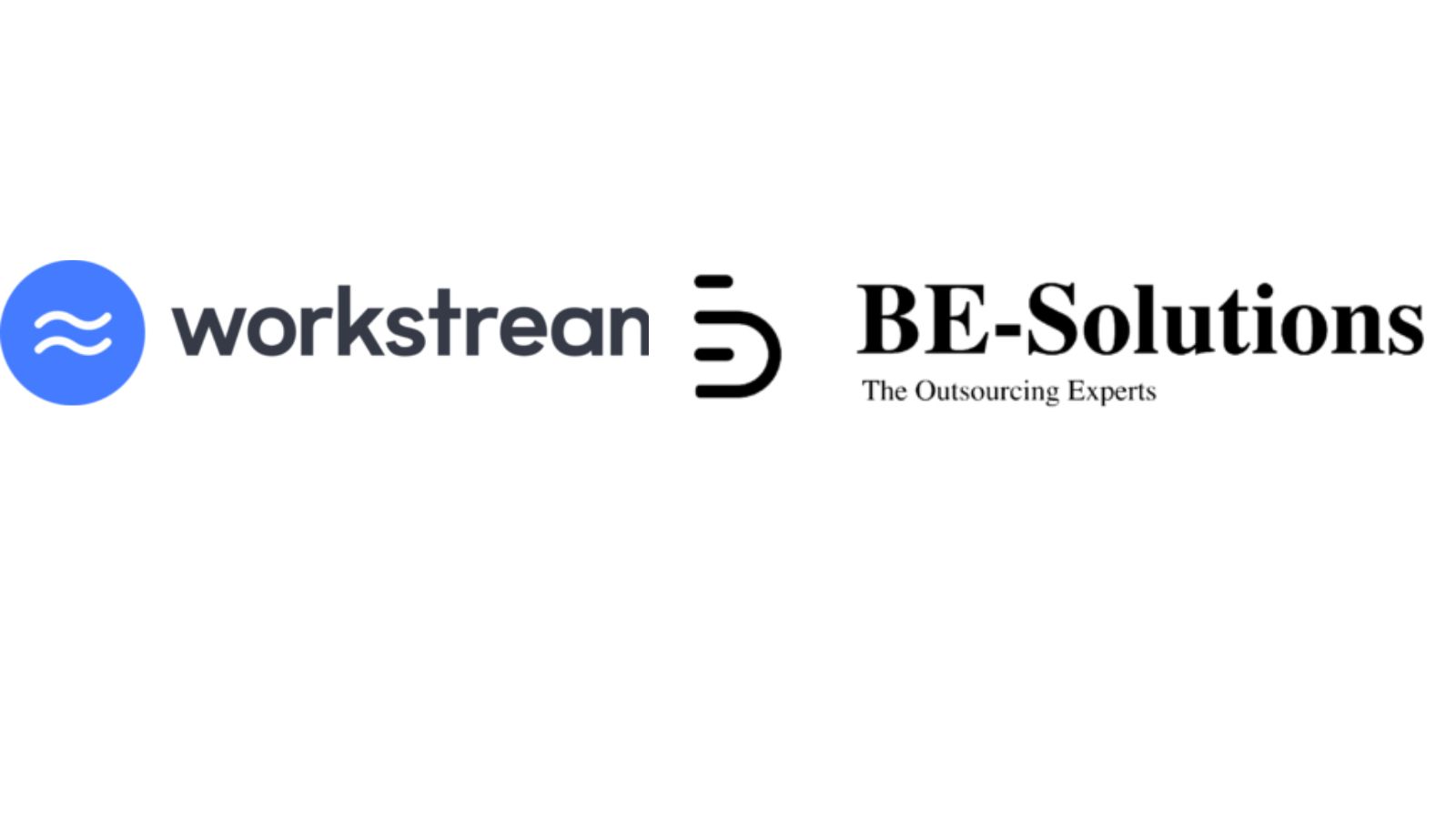
Leave a Reply